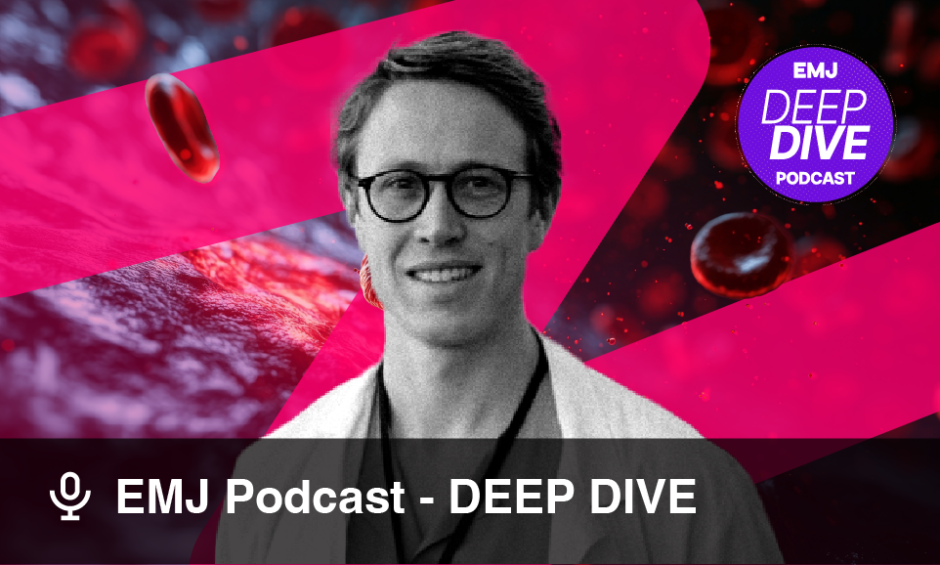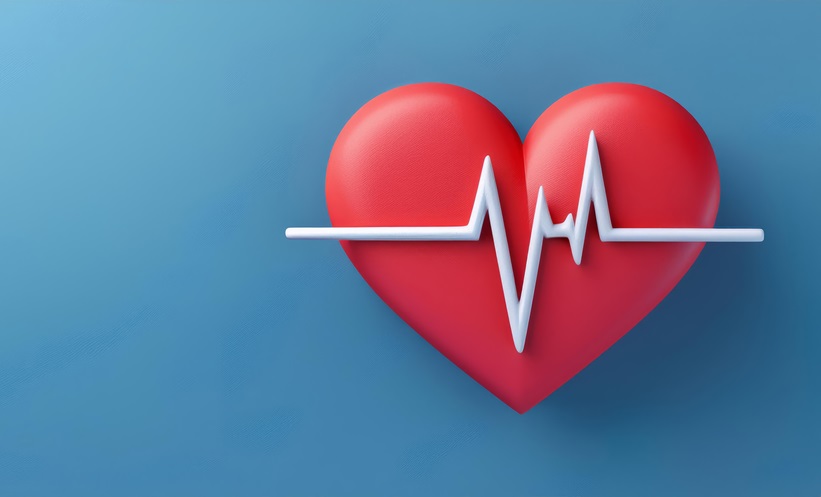A GROUNDBREAKING study has demonstrated that engineered heart muscle (EHM) allografts can safely and effectively remuscularise the failing heart without causing arrhythmia or tumour formation.
Heart failure remains a significant global health challenge, with limited treatment options for patients with severe myocardial damage. Previous studies have demonstrated the potential of cardiomyocyte implantation for cardiac repair; however, issues such as poor cell retention, arrhythmia, and tumourigenesis have hindered clinical translation. This study aimed to assess the safety, efficacy, and longevity of epicardial EHM allografts derived from induced pluripotent stem cells (iPSC) in a primate model, with clinical validation in humans. The results provide compelling evidence for the viability of EHM as a therapeutic strategy for myocardial remuscularisation.
To evaluate the therapeutic potential of EHM allografts, researchers implanted engineered cardiac patches onto the hearts of rhesus macaques with and without myocardial infarction-induced heart failure. These allografts, constructed from 40–200 million iPSC-derived cardiomyocytes and stromal cells, exhibited sustained retention for up to 6 months. Magnetic resonance imaging and histopathological analysis confirmed robust vascularisation and functional integration without signs of arrhythmia or tumour formation across 20 implanted macaques, with a total of 66 patches. The study also demonstrated a dose-dependent improvement in heart wall contractility and ejection fraction, supporting the functional efficacy of EHM grafts. In a first-in-human clinical trial, a patient with advanced heart failure received an EHM implantation, showing clear evidence of remuscularisation and myocardial support. These findings provided pivotal data for regulatory approval of the BioVAT-HF-DZHK20 Phase I/II trial investigating EHM-based heart repair in patients with severe cardiac dysfunction.
These results highlight the potential of tissue-engineered myocardial grafts as a safe and effective treatment for heart failure, addressing previous concerns regarding arrhythmogenic risks. The ability of EHM allografts to integrate without ectopic electrical activity suggests a fundamental difference from previous cell injection approaches, likely due to the epicardial grafting method facilitating mechanical rather than electrical coupling. The findings support further clinical development, with ongoing trials refining techniques to optimise vascularisation, immune compatibility, and graft geometry. Future advancements, including 3D bioprinting and hypo-immune strategies, could enhance the scalability and applicability of EHM therapy, offering new hope for patients with end-stage heart failure.
Katrina Thornber, EMJ
Reference
Jebran AF et al. Engineered heart muscle allografts for heart repair in primates and humans. Nature. 2025;DOI:10.1038/s41586-024-08463-0.







